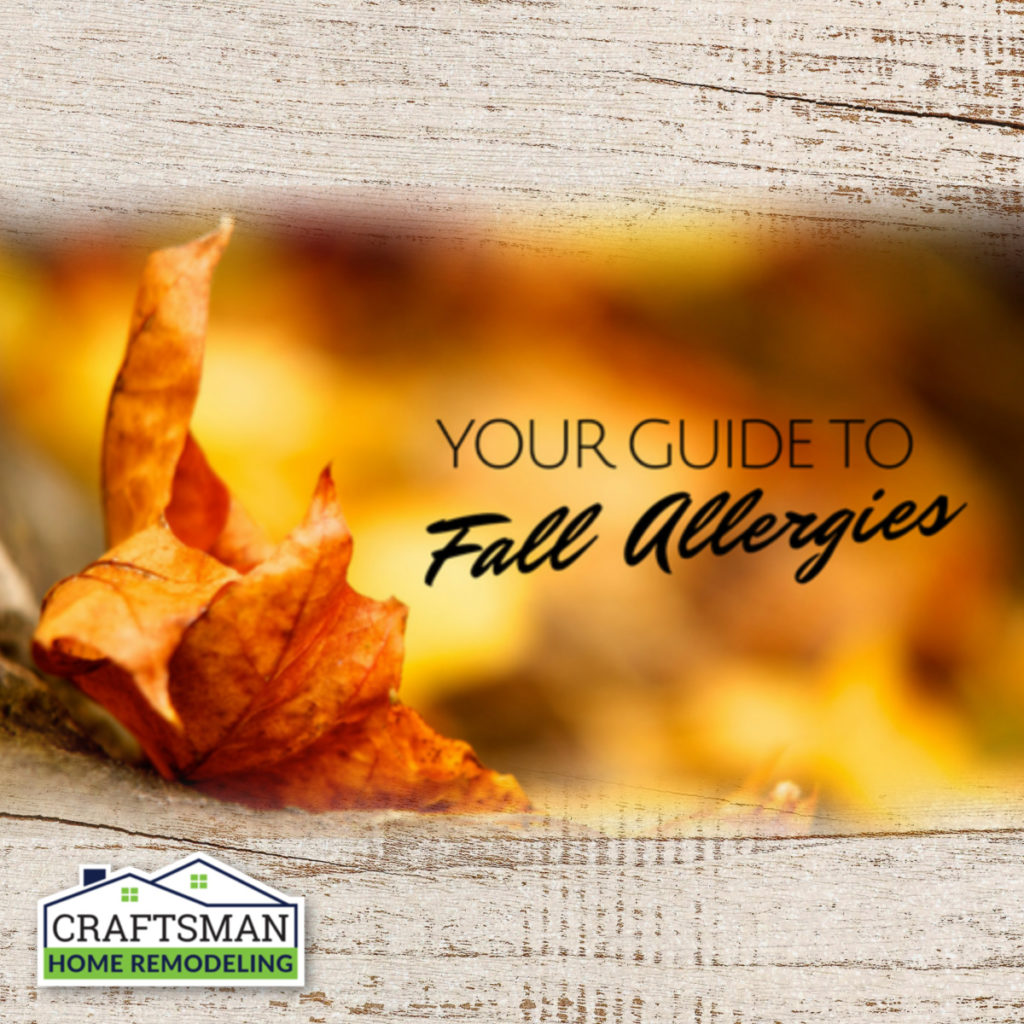Get tips for controlling your exposure to ragweed pollen, mold, and other fall allergens in Rochester, New York surrounding areas.
Molds are an important part of our environment as they cause things in our environment to naturally decompose. That is why we commonly think of mold in the fall because mold is present on the fallen leaves. Mold naturally reproduces by releasing tiny particles called spores into the environment and this is interesting to me as an allergist and asthma specialist because inhaling these spores can cause allergy and asthma symptoms. If you’re allergic to ragweed pollen, you probably don’t love fall. “Depending on where you live, fall is ragweed time,” says Craftsman Home Remodeling in Rochester, NY. During the fall, dry leaves, grass, and hay harbor allergens such as mold spores and pollen.
Seasonal allergies vary in Rochester, New York. You may experience symptoms one year and not the next. “It’s very unpredictable,” she says. “It is also really hard to say from year to year how the allergy season will be.”
Diagnosing Fall Allergies
Like most seasonal allergies, the symptoms of fall allergies include sneezing, a runny nose, and itchy and watery eyes. These symptoms can interfere with your daily activities, impairing your ability to perform at work or school.
Ragweed pollen is one of the most common reasons for fall seasonal allergy symptoms. A hardy plant, ragweed grows everywhere, but is particularly common in the Northeast, South, and Midwest regions of the United States. Peak ragweed season starts in mid-August and lasts through October.
Ragweed pollen also is known to cause a condition known as oral allergy syndrome (OAS). In OAS, you may experience itching in your mouth and throat, along with mild swelling, after you consume fresh fruits and vegetables such as banana, cucumber, melon, and zucchini.
In addition to ragweed pollen, pollen from other plants, trees, and grass can trigger allergies in the fall. If you’re allergic, mold can also lead to a reaction during the autumn months.
“Molds can be both indoor and outdoor,” says Mother Nature. “The only time you really get rid of the mold [outside] is if you have a lot of snow on the ground,” she says.
Tips for Managing Fall Allergies
To reduce your exposure to fall allergens such as mold and pollen, Craftsman Home Remodeling suggests the following:
- Use a dehumidifier, an electric appliance that can decrease humidity in your house, to keep the relative humidity in your home at less than 50 percent.
- Ask someone who is not allergic to clean visible mold with a diluted bleach solution.
- Regularly clean room humidifiers, because they are prone to developing mold.
- Have someone who is not allergic do yard work (raking leaves, mowing the lawn), or wear a face mask and goggles if you must do it yourself.
- Keep the windows shut and the air conditioner running when ragweed pollen levels are high.
- Shower after being outdoors and avoid taking your dirty clothes and shoes into the bedroom, to keep the room as pollen-free as possible.
If your seasonal allergy symptoms are interfering with your daily life or causing you bothersome symptoms, visit an allergist who can diagnose your allergy and recommend ways to manage it. Treatment for seasonal allergies may involve medications such as:
- Antihistamines such as diphenhydramine (Benadryl)
- Leukotriene receptor antagonists (such as Singulair)
- Steroid nasal sprays
- Decongestants (as pills or nasal sprays)
- Immunotherapy (also known as allergy shots).
If you suffer from fall allergies, don’t dread autumn’s arrival. Knowing how to reduce your exposure to mold and pollen can make all the difference.
Share this Post

